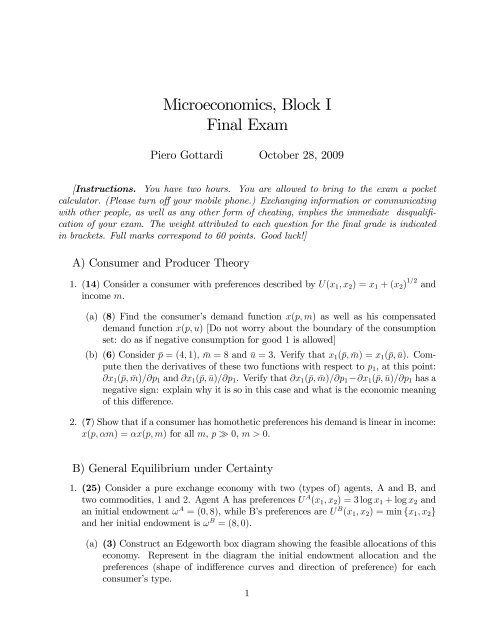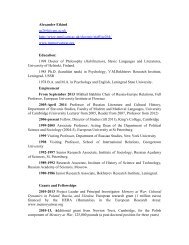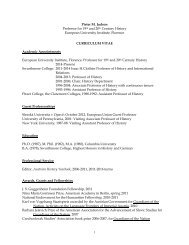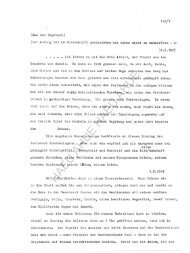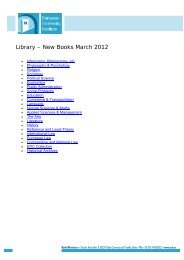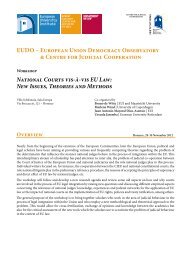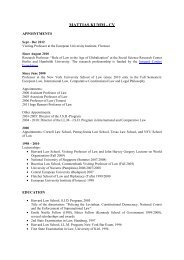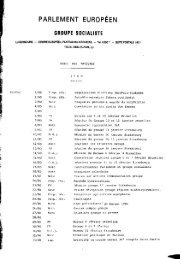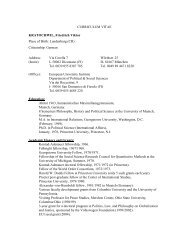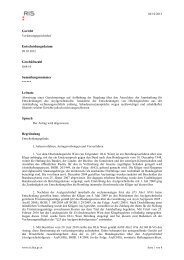Microeconomics, Block I Final Exam
Microeconomics, Block I Final Exam
Microeconomics, Block I Final Exam
You also want an ePaper? Increase the reach of your titles
YUMPU automatically turns print PDFs into web optimized ePapers that Google loves.
<strong>Microeconomics</strong>, <strong>Block</strong> I<br />
<strong>Final</strong> <strong>Exam</strong><br />
Piero Gottardi October 28, 2009<br />
[Instructions. You have two hours. You are allowed to bring to the exam a pocket<br />
calculator. (Please turn off your mobile phone.) Exchanging information or communicating<br />
with other people, as well as any other form of cheating, implies the immediate disqualification<br />
of your exam. The weight attributed to each question for the final grade is indicated<br />
in brackets. Full marks correspond to 60 points. Good luck!]<br />
A) Consumer and Producer Theory<br />
1. (14) Consider a consumer with preferences described by U(x1, x2) = x1 + (x2) 1/2 and<br />
income m.<br />
(a) (8) Find the consumer’s demand function x(p, m) as well as his compensated<br />
demand function x(p, u) [Do not worry about the boundary of the consumption<br />
set: do as if negative consumption for good 1 is allowed]<br />
(b) (6) Consider ¯p = (4, 1), ¯m = 8 and ū = 3. Verify that x1(¯p, ¯m) = x1(¯p, ū). Compute<br />
then the derivatives of these two functions with respect to p1, at this point:<br />
∂x1(¯p, ¯m)/∂p1 and ∂x1(¯p, ū)/∂p1. Verify that ∂x1(¯p, ¯m)/∂p1−∂x1(¯p, ū)/∂p1 has a<br />
negative sign: explain why it is so in this case and what is the economic meaning<br />
of this difference.<br />
2. (7) Show that if a consumer has homothetic preferences his demand is linear in income:<br />
x(p, αm) = αx(p, m) for all m, p ≫ 0, m > 0.<br />
B) General Equilibrium under Certainty<br />
1. (25) Consider a pure exchange economy with two (types of) agents, A and B, and<br />
two commodities, 1 and 2. Agent A has preferences U A (x1, x2) = 3 log x1 + log x2 and<br />
an initial endowment ω A = (0, 8), while B’s preferences are U B (x1, x2) = min {x1, x2}<br />
and her initial endowment is ω B = (8, 0).<br />
(a) (3) Construct an Edgeworth box diagram showing the feasible allocations of this<br />
economy. Represent in the diagram the initial endowment allocation and the<br />
preferences (shape of indifference curves and direction of preference) for each<br />
consumer’s type.<br />
1
(b) (3) Consider the prices p1 = 1 = p2. Are these equilibrium prices? Explain why<br />
they are, or aren’t.<br />
(c) (8) Find the competitive equilibria (prices and allocation) of this economy (if<br />
they exist) and show them clearly on the diagram. Are they Pareto optimal?<br />
(d) (6) Consider the allocation where A gets (x A 1 , x A 2 ) = (4, 4) (and B gets the rest).<br />
Is this allocation Pareto optimal? If so, find the amount t ∈ R of the transfer of<br />
commodity 1 from B to A that yields this allocation as a competitive equilibrium.<br />
Compute the associated equilibrium prices.<br />
(e) (5) Suppose the equilibrium found in c. constitutes the autarky equilibrium of<br />
country I, populated by the agents of type A and B described above. There is<br />
then country II, populated by identical agents of another type, say C. Explain<br />
why, at the free trade equilibrium between countries I and II, either type A or<br />
type B gains with respect to the autarky equilibrium; it cannot be that they both<br />
loose nor that they both gain.<br />
2. (11) Consider an economy, populated by H consumers, each of them with utility<br />
function U h (xh 1, xh 2) = xh 1 + xh 1/2 h<br />
2 (as in Exercise A.1) and income m .<br />
(a) (6) Show that a representative consumer exist globally. That is, show that<br />
there exists a utility function U(x) and income level m such that the demand<br />
function x(p, m), obtained by maximizing U(x) subject to the budget constraint<br />
p · x ≤ m, equals the aggregate demand function of the economy, H h=1 xh (p, mh )<br />
for all p ≫ 0 and for all (mh ) H h=1 . [Again do not worry about the boundary of the<br />
consumption set: do as if negative consumption for good 1 is allowed]<br />
(b) (5) Suppose each consumer is endowed with an amount (ω h 1, ω h 2) of the two<br />
goods, thus his income is the market value of his endowment m h = p1ω h 1 + p2ω h 2.<br />
Explain why the economy described has a unique competitive equilibrium and<br />
how then the equilibrium prices can be found.<br />
C) General Equilibrium Under Uncertainty<br />
1. (9) Consider a pure exchange economy under uncertainty with two types of consumer<br />
(H = 2), a single commodity (L = 1) and S = 2 states of nature. The two consumers<br />
have the same preferences E log(x) = π(1) log x(1)+π(2) log x(2), with identical beliefs<br />
π(1) = 1/2. Type 1 consumer has then endowments equal to 10 units in state 1 and 4<br />
units in state 2 while type 2 has endowments equal to 2 in state 1 and to 4 in state 2.<br />
(a) (5) Find the Pareto effi cient allocations of this economy<br />
(b) [IGNORE THIS LAST QUESTION] (4) Discuss the relationship between the<br />
value of the prices (p(1), p(2)) which support any Pareto effi cient allocation as<br />
a competitive equilibrium with complete contingent markets and the probability<br />
is always greater, equal, or smaller<br />
beliefs (π(1), π(2)). Can you tell whether p(1)<br />
p(2)<br />
than π(1)<br />
? Explain.<br />
π(2)


